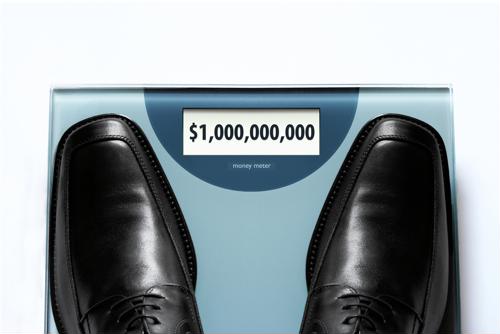As hard as it may be to believe, 10 years have passed since the bottom fell out from under the U.S. economy.
The cause of the recession – the worst since the Great Depression of the 1930s – is difficult to precisely pinpoint. Economists say the downturn stemmed from a combination of factors, such as ultra-low interest rates, limited oversight and inordinately loose home home loan standards that allowed people to obtain mortgages when their financial situations weren’t up to par.
Conditions have thankfully changed quite a bit since then. Not only is the economy back from the brink, but protective measures and entities are now in place that weren’t prior to 2008, such as the Consumer Financial Protection Bureau, the Dodd-Frank Consumer Protection Act and more regulatory protocols on Wall Street.
But how are high-net-worth Americans faring? Are they still seeking to make up for past losses, or have they recouped much – or all – of the wealth that went away? For the most part, it’s more of the latter than the former, according to the results of a recent report.
“The top 1% owned 42.5% of world wealth in 2008.”
Top earners own half of world’s wealth
The world’s most affluent – the top 1 percent – own approximately 50 percent of global wealth overall. That’s according to analysis conducted by Credit Suisse, which recently published its Global Wealth Report. Prior to the economic downturn, the top 1 percent owned 42.5 percent of world wealth.
The biggest contributor to global prosperity prior to the recession was people within the United States, primarily those with a high net worth. The same is true today, the report found. Indeed, of the $317 trillion in aggregate global wealth spanning from mid-2017 to June 2018 – an increase of $14 trillion from the previous 12-month period – about $6 trillion derived from the U.S.
Michael O’Sullivan, regional chief investment officer at Credit Suisse, attributed the success to strong fundamentals within the U.S. economy, evidenced by uninterrupted job growth within the private sector and record earnings on the New York Stock Exchange. The Dow Jones Industrial Average smashed several all-time records in 2017 alone.
Globally, wealth is on the march. Over the past 12 months, it grew by around 6.4 percent, the report found. That’s the fastest pace since 2012, with improvements observed in North America, Latin America, Europe and China.
1.1 million new millionaires in U.S. since 2007
There are also more millionaires worldwide a decade after the financial crisis. There are around 42 million millionaires globally, the report found. The biggest change in the number of millionaires from 2007 to 2018 was in the U.S., the number jumping by approximately 1.1 million, with Germany in a distant second (plus-237). High-net-worth individuals are generally classified as those whose assets and earnings amount to $5 million or more.
On a wealth per adult basis, however, the U.S. is in third place, behind Switzerland and Australia, the report revealed. Tracing back to 2000, wealth per adult in the central European nation has swelled by around 130 percent.
As for what the future holds, millionaires are expected to become more numerous over the next five years or so. By 2022, the report forecasted, the number of adults earning seven figures are more is projected to surge by 22 percent, bringing the total to 44 million. Around 8.7 million people became millionaires worldwide since 2007.
High-net-worth individuals have major estate planning needs. Global Financial Distributors is uniquely qualified to help make these arrangements easier and more manageable through life insurance premium financing. For more information on what makes us the leading choice for planning strategies, contact a GFD services advisor today.


